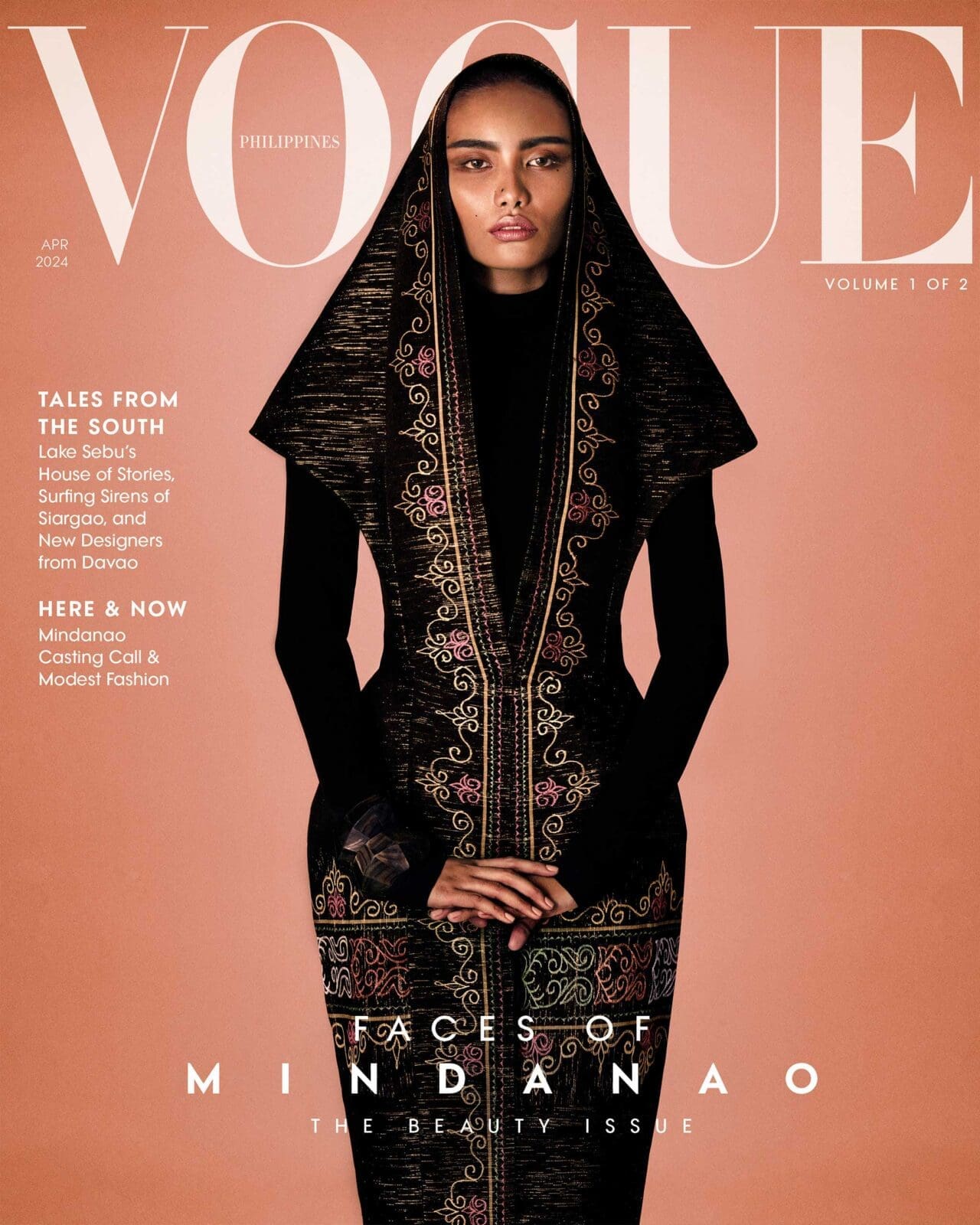Against the vibrant backdrop of Mindanao’s rich cultural heritage, Vogue Philippines hosted an open casting call, seeking to go beyond faces.
Earlier this year, Jesse Boga had a moment: his 56-year-old mother Beth smiles, posing with a filled up application and a number tagged 297. Beth is an educator with no modeling experience. And yet, accompanied by her son, she sits in queue for Vogue Philippines’ first open casting call. “Bongga ka, Beth,” he quips. [“You’re fabulous, Beth!”]
There was a palpable excitement that day. In the grand ballroom of the Dusit D2 Hotel in Davao City, over 350 aspiring models just like Beth gathered. Many had journeyed from various corners of Mindanao, spanning from General Santos City to Saranggani Province, some enduring hours of travel to reach the casting call. Others had booked hotel rooms, or stood in the queue as early as 3 A.M. By morning, the hallways were filled with friends and strangers, engaged in conversation or rehearsing long before the doors opened.
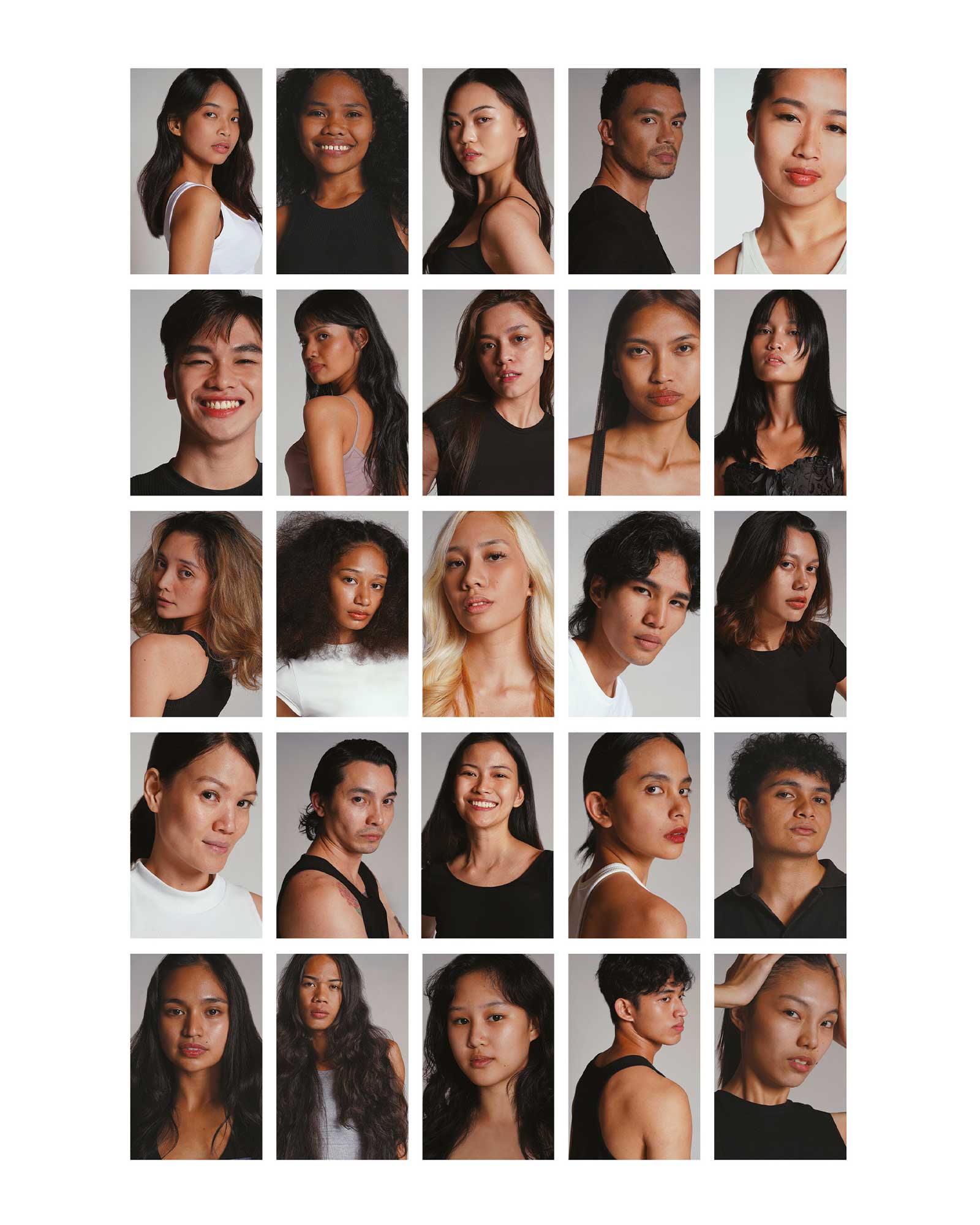
In a typical go-see, models are swiftly assessed and filtered in groups. But this casting call was designed with deliberate intent to afford each participant an opportunity to be seen. “More than discovering new faces, the casting call was about getting to know the stories behind them,” explains art director Jann Pascua.
With over 7,000 islands, the Philippines is a melting pot of varied cultures and diverse beauty. Each face bears a narrative, a fusion of local heritage and their own unique story. Members of the editorial team, namely fashion director Pam Quiñones, beauty editor Joyce Oreña, art director Jann Pascua, and producer Anz Hizon, flew to Mindanao to discover talents beyond Metro Manila.
“I think even coming from just the announcement of the casting call, we can already see the immediate response of people who are really interested in terms of being represented or finally being seen,” adds Pascua. With over 700 applications within the first 24 hours of the announcement alone, the casting call gained more traction than the team had initially anticipated.
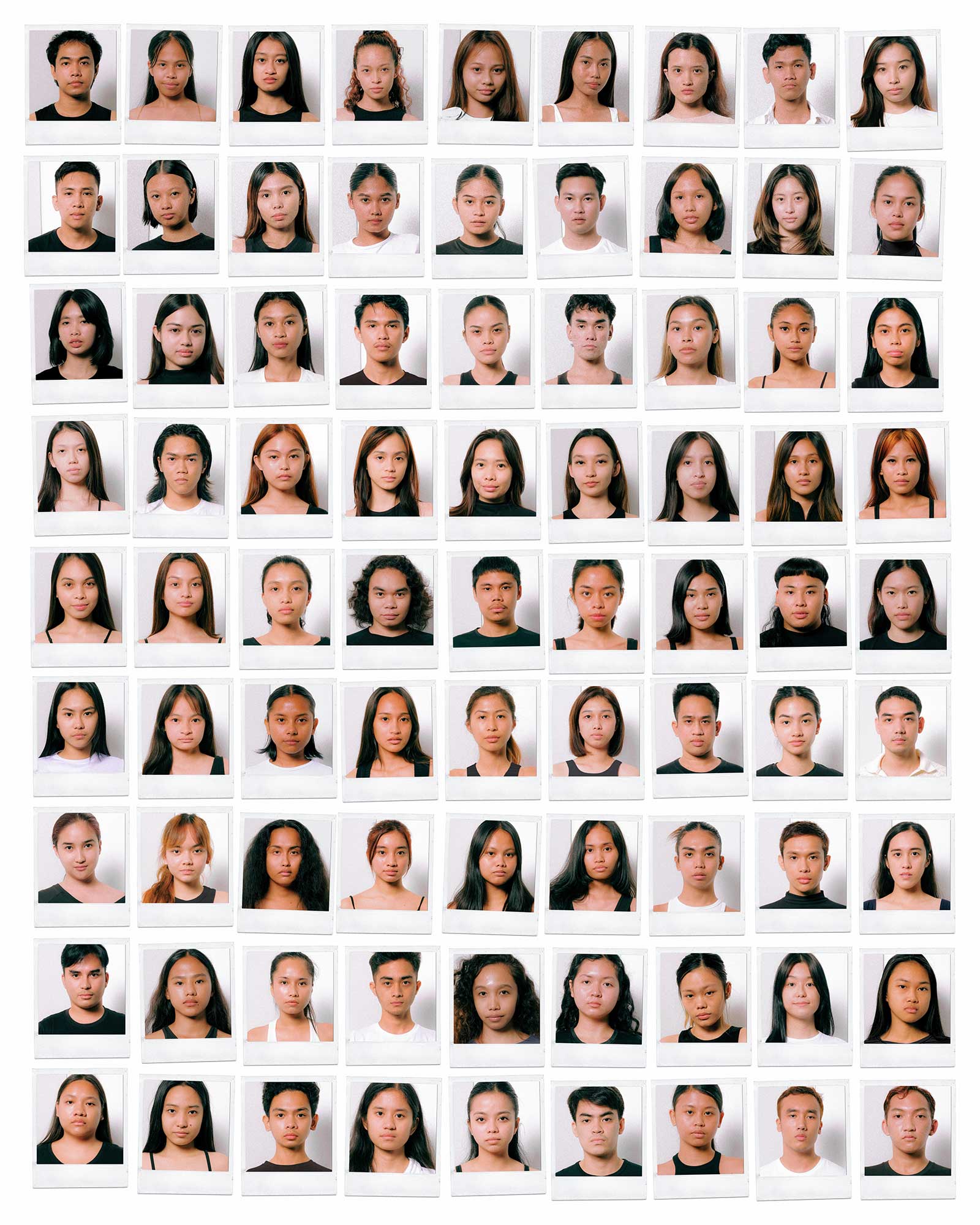
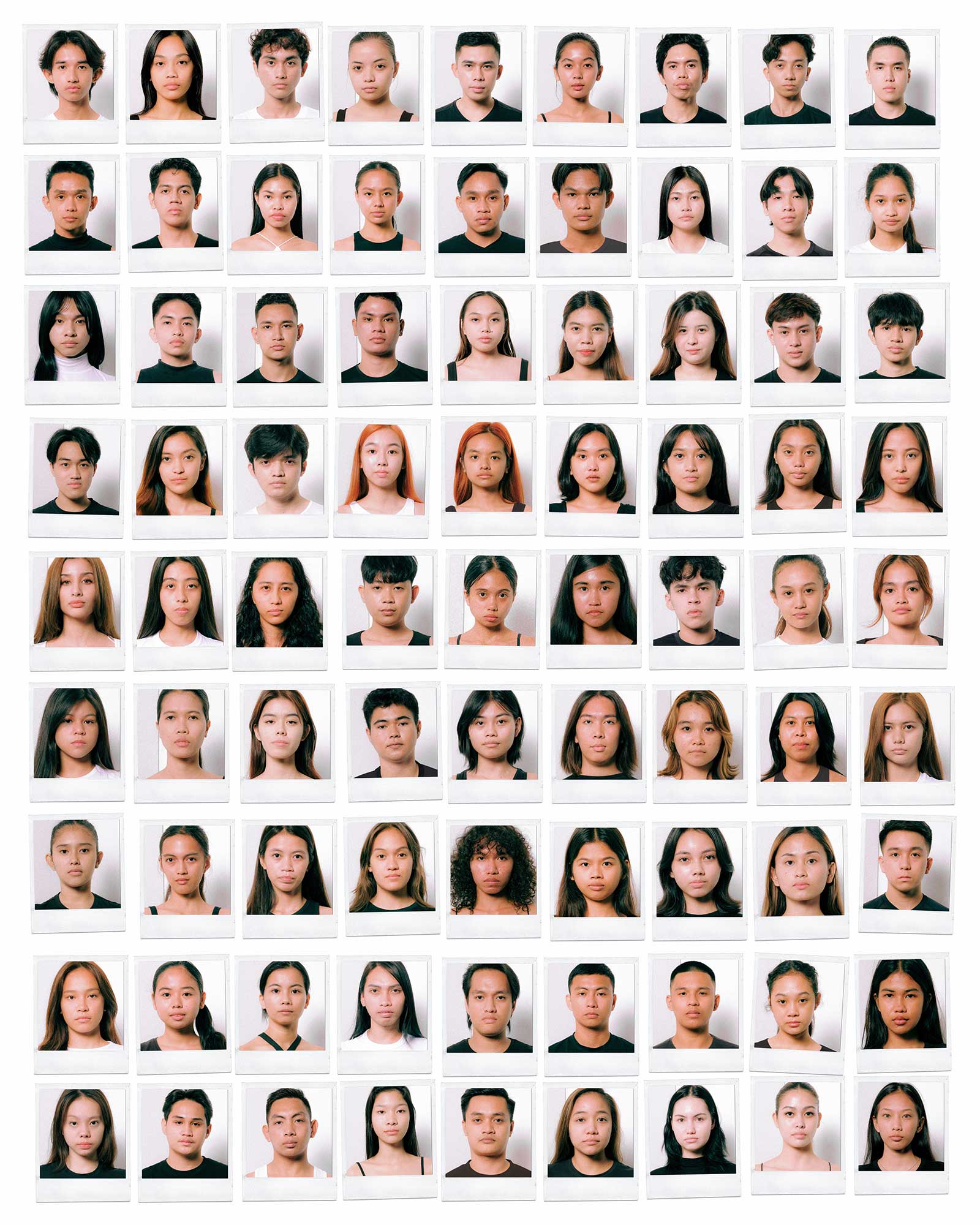
Aspiring models were encouraged to participate regardless of age, height, weight, gender, and experience. During the session, the Vogue Philippines team had a short conversation with some applicants. “We simply want to be able to know them more, know their story better,” says producer Anz Hizon.
“I thought to myself, I don’t think I’m gonna make it because I probably wouldn’t fit to their standards to be qualified,” Abdur, an aspiring model from Davao, shares. “But something in me was saying ‘maybe I should give it a try’. It was so fun and thrilling at the same time.”
Many shared personal stories, recounting experiences growing up queer in conservative spaces and enduring bullying for their natural skin tone and hair textures. Some felt compelled to conceal their indigenous heritage to avoid prejudice, or held back on their aspirations due to age.
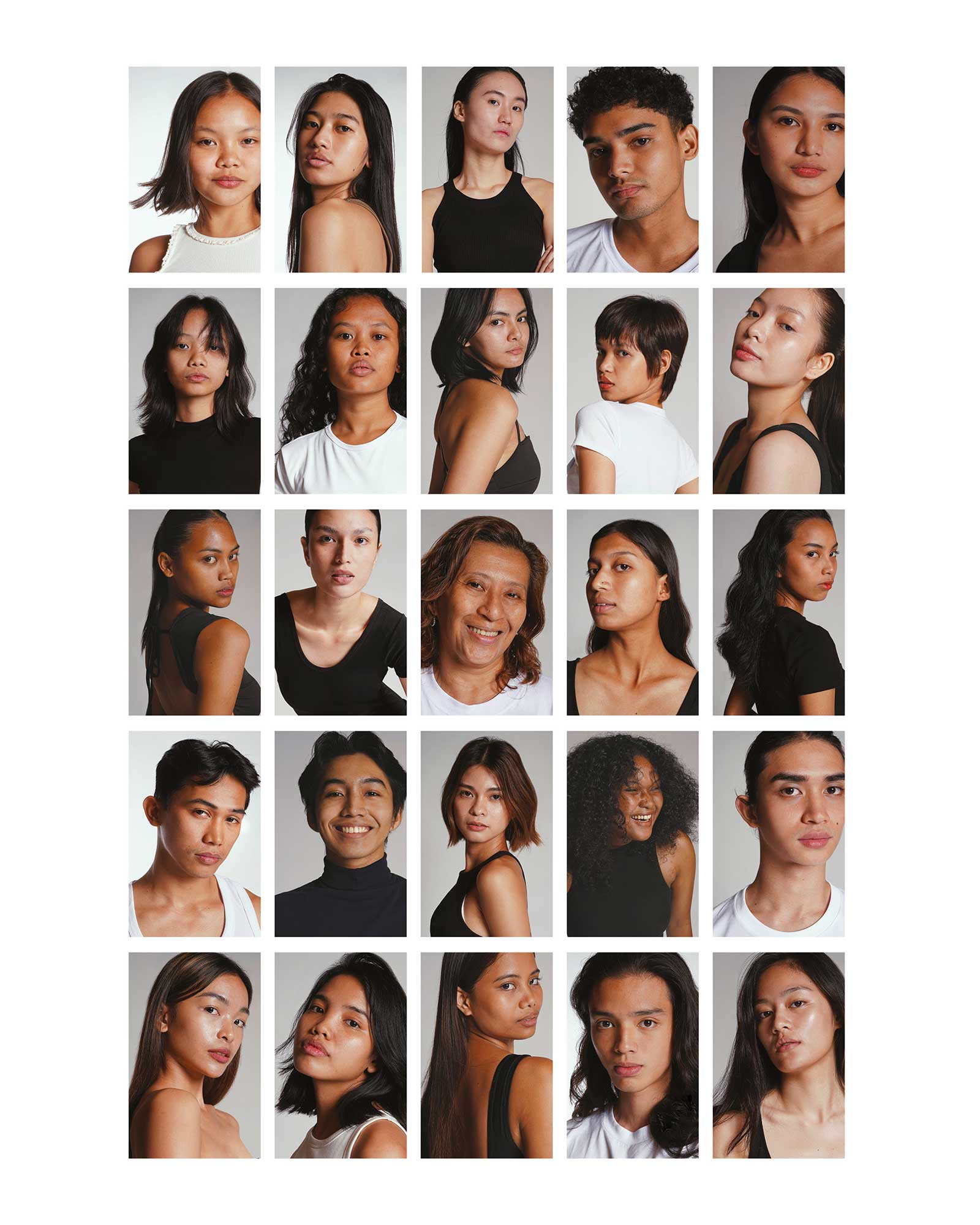
“It is for this reason that we must utilize this platform to change the conversation and redefine these stereotypes for the future generations to not have to go through the same experience,” says beauty editor, Joyce Oreña.
“Growing up in Mindanao, fashion has always felt Manila-centric, and it was uncommon to see and read about people outside the capital in fashion magazines,” shares fashion editor, Pam Quiñones, who comes from Cotabato. “To have Vogue begin its first leg in Mindanao and meet new faces from different backgrounds and hear about their unique stories was heartwarming. These are some of the stories, traditions and cultures I grew up with, and it’s truly meaningful that they’re now represented.”
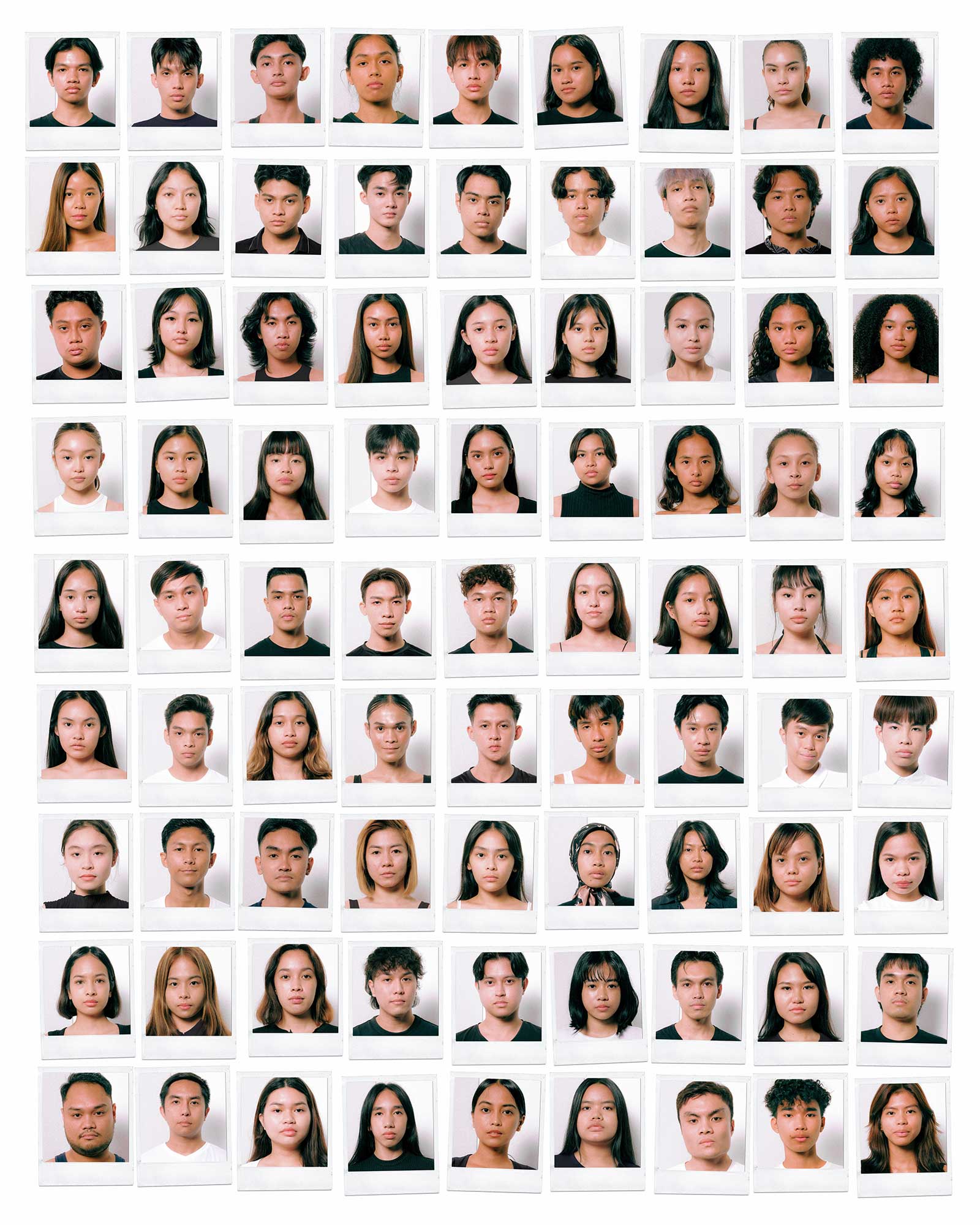
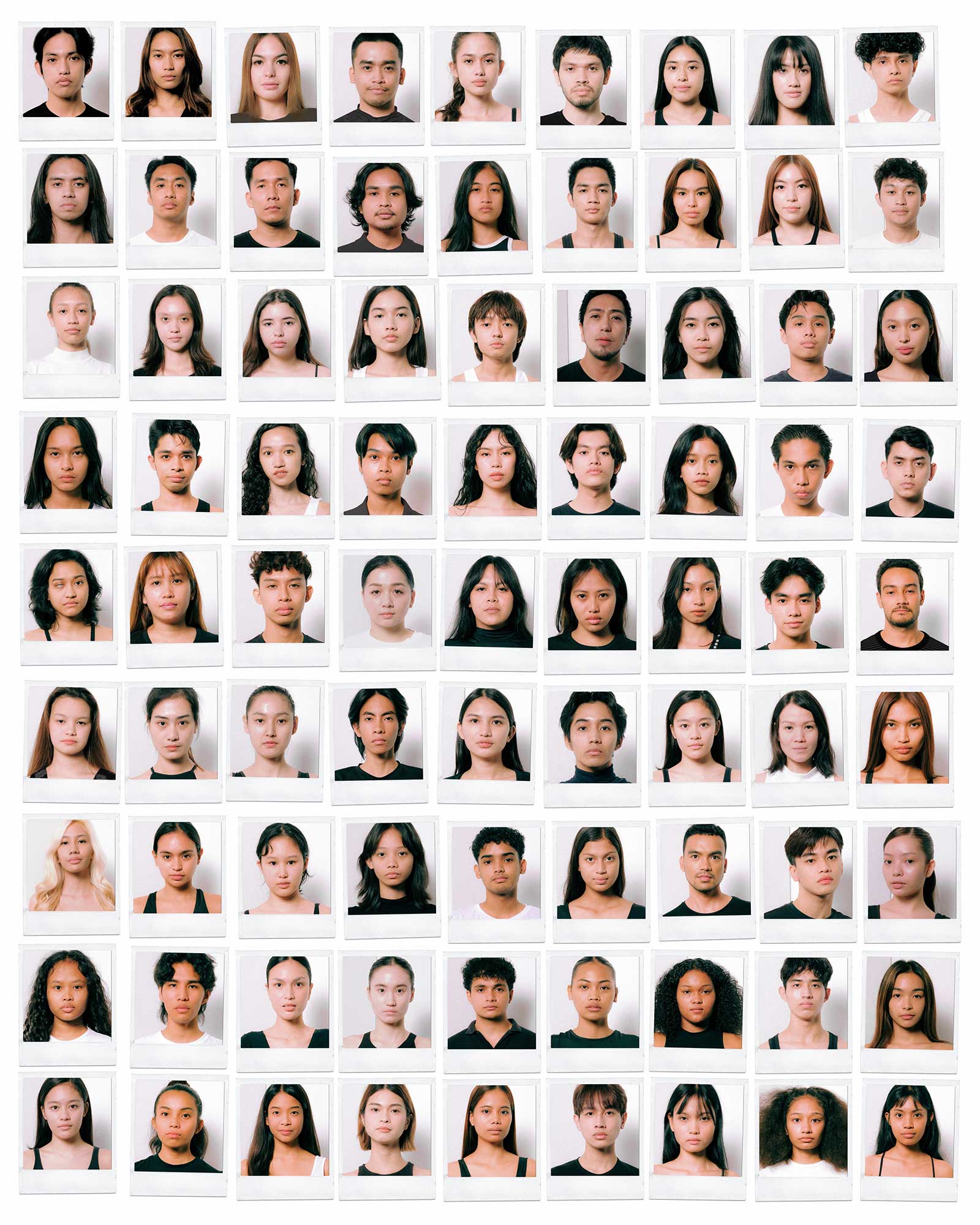
Oreña adds that there is a need to “challenge the perspective of beauty. We have this great opportunity and responsibility to tell our stories using our own voice. The time is now to present these vast and diverse characteristics as Filipinos. We are getting closer to our dream of creating a space where we can tell our own stories and represent our more than 7,000 islands through their own voices.”

